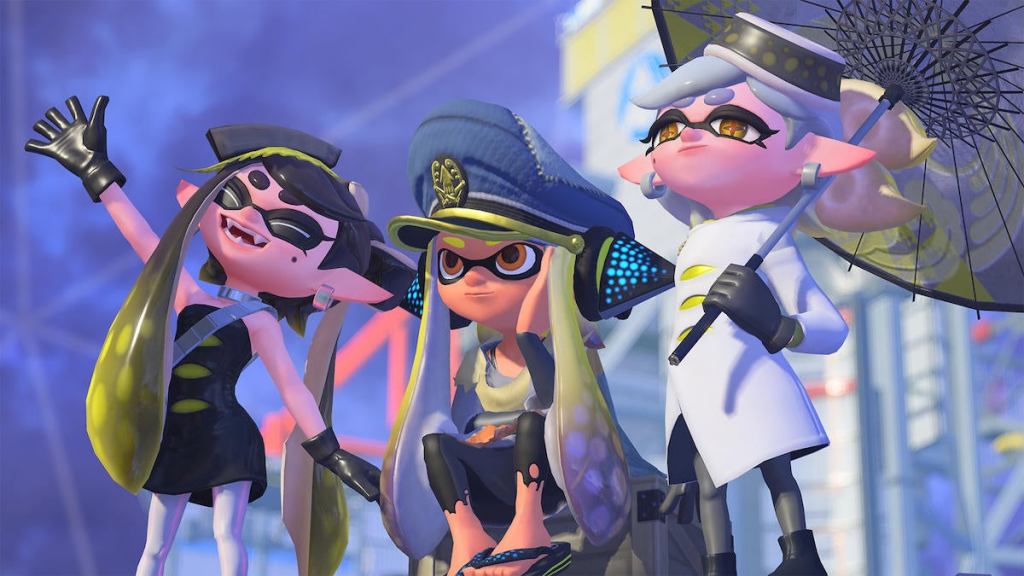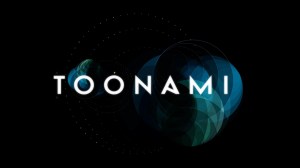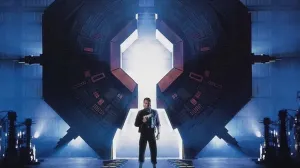Splatoon 3 builds on a successful formula with some new features, weapons, maps and modes, but doesn’t stray too far from what made the previous games so fun and interesting. With Splatoon 3 being the first new Splatoon game in five years, the franchise follows the lead of other shooter franchises by making only minor tweaks to its gameplay and experiences, mostly through the addition of a few new weapons and maps and by addressing some user experience complaints fans had about Splatoon 2. As players progress through Splatoon 3, it’s clear that the game is simply bigger and better than its predecessor with more for players to enjoy without feeling too overwhelming.
Videos by ComicBook.com
The Splatoon franchise is something of a paradox, a “family-friendly” shooter that doesn’t want to glorify violence. Its solution was to focus its multiplayer mode on area control with teams trying to cover a map with their color ink in a short period of time. Because of its primary demographic, the franchise has always needed to have a more robust single-player mode as well in order to meet the needs of its players who are too young (or whose parents don’t allow them) to play online. In some ways, Splatoon games have always felt like two distinct games built around the same underlying engine – the multiplayer mode is for quick, team-based, free-for-all splatter action, while the single-player mode focuses more on solving puzzles that use all the game’s ink-based features in interesting ways. Splatoon 2 pulled this off to some extent, although I always enjoyed the multiplayer mode much more than the single-player mode, which almost felt like a glorified multi-hour tutorial.

At first glance, Splatoon 3 looks and feels almost identical to Splatoon 2, but with a fresh coat of paint …or, I guess in this case, ink. Splatoon 3 still offers players distinct and separate single-player and multiplayer experiences. There are three different multiplayer modes: the standard Turf War in which two teams of four compete for three minutes to cover as much of the map with their color of ink as they can, the Salmon Run in which players try to defeat waves of enemies while collecting Golden Eggs, and a new Anarchy Battle mode which replaces Ranked Battles from Splatoon 2. Meanwhile, the single-player campaign starts to peel back the curtain on the post-apocalyptic world Splatoon is based in with players unraveling a new mystery in the strange land of Alterna.
Compared to its predecessor, there are a few immediate improvements that Splatoon 3 made that make the game much more enjoyable from the onset. For one, it’s much easier to swap out weapons in the Turf Wars and Anarchy Battles lobbies, so players can make adjustment in between matches instead of having to leave the lobby entirely. This allowed me to swap out the long-ranged Tri-Stringer weapon when I realized it wasn’t suited for a specific map without having to leave the matchmaking queue entirely. Also, Salmon Runs are now a permanent part of Splatoon 3 and are available to players at all hours instead of during specific times/days. As someone who is much better at the cooperative Salmon Runs than the team-based battles, I appreciated that I no longer had to clear my real-life schedule to play a preferred game mode. All in all, these changes are small but welcome and make the overall Splatoon experience better.
Splatoon 3’s single-player mode has also received an upgrade with more to do and find during the course of the campaign. Players can complete individual levels using their Hero Gear or with two alternative weapons with more upgrades and collectibles to find over the course of a pretty extensive campaign. Players can attempt each mission with a number of pre-selected weapons including the player’s default (and upgradable) Hero Gear. The different weapons add new wrinkles to each challenge, and most of the missions go by pretty quickly. While Splatoon 3’s single-player mode still has the strange emptiness as its predecessor with wide open and mostly bland platform settings to explore, the campaign is much more engaging and held my interest for much longer.

Other additions to Splatoon 3 include two new weapons – the bow-like Tri-Stringer and the Splatana, a melee-focused weapon. Both are built around finesse and timing your attacks – charging the Tri-Stringer allows you to shoot small darts that explode after a minute, while charging the Splatana allows you to unleash a devastating forward attack that eliminates most opponents with one hit. Because of the fast and frantic nature of most multiplayer modes, these are weapons geared towards for veteran players instead of newcomers or casual players. Still, the weapons add another level of strategy on top of the already varied map styles and game modes.
Shooters have never been my preferred genre, but I’ve always enjoyed the Splatoon games. While the games have their limitations (the lack of an in-game chat feature has always been frustrating), I always thought that the bar to enjoying these games were much lower than standard shooters, if only because the primary objective is never to “splat” enemies. Luckily, Nintendo didn’t switch up its already successful Splatoon formula for Splatoon 3. The game feels bigger than its predecessors, but most of the major changes are meant to improve players’ quality of life in game. While some might feel frustrated by the seeming lack of innovation in Splatoon 3, I found that the game understands what works with Splatoon and keeps with it, making only modest changes to make an already fun experience even better.
Rating: 4 out of 5
Splatoon 3 is set to release on September 29, 2022, for Nintendo Switch. An advance copy of the game was provided by Nintendo for the purpose of this review.








